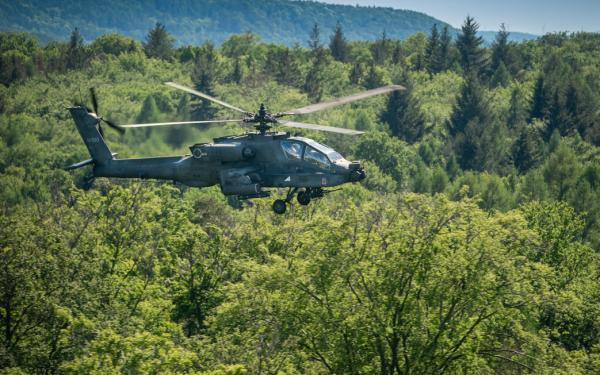Aviation Week Forecasts: Western Attack Helicopter Deliveries/Retirements 2020-2029

Aviation Week Network forecasts that over the next ten years, 706 new Western-designed attack helicopters will be built, 588 will be remanufactured, and 193 will be retired. Aviation Week defines attack helicopters as rotary-wing aircraft that are unable to carry cargo internally, are armed with a forward-firing cannon of at least 20mm, and that can carry and self-designate targets for anti-tank guided missiles.
The dominance of the Boeing AH-64 in the attack helicopter market is clear, with 63.1%, of global deliveries over the forecast. The U.S. Army intends to continue to upgrade existing AH-64Ds to the AH-64E standard while procuring more newly built AH-64Es in the next decade as part of its plan to build up to the current program of record. The AH-64’s future abroad is secured through continuing international popularity across Europe, the Middle East, and increasingly the Asia-Pacific in a second wave.
The advanced age of the Bell AH-1 is leading to several high-profile operators in the Asia-Pacific finally retiring their oldest AH-1s, making it the most retired type. However, the latest version, the AH-1Z, shows that there is life still left in the platform, with the second most deliveries. The U.S. Marine Corps will acquire more AH-1Zs this decade, along with several smaller militaries looking for a reliable, but cheaper, AH-64 alternative. The AH-1Z’s prospects as a “thrifty” procurement are further bolstered by the fact that its chief non-U.S. competitor, the AW129-based TAI T129, continues to face difficulties in obtaining a U.S. export license for its engine.
Hover over charts for more information.
Source: Aviation Week Intelligence Network (AWIN) 2020 Military Fleet & MRO Forecast
For more information about the 2020 Forecast and other Aviation Week data products, please see: http://pages.aviationweek.com/Forecasts